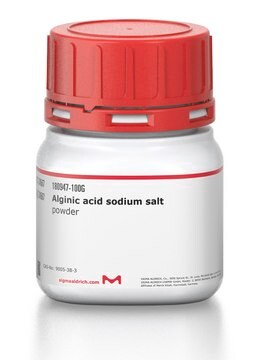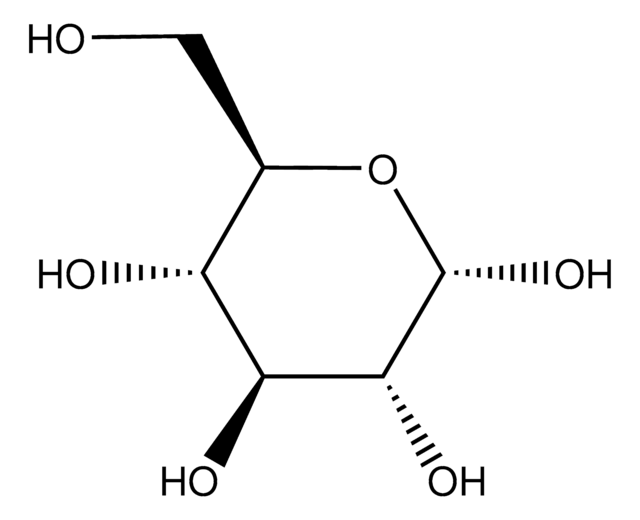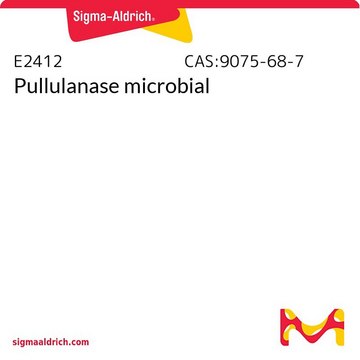About This Item
Polecane produkty
pochodzenie biologiczne
potato
Poziom jakości
Formularz
powder
zanieczyszczenia
<25% water (Karl Fischer)
rozpuszczalność
water: 7.69 mg/mL, clear to hazy, colorless to faintly yellow
temp. przechowywania
room temp
ciąg SMILES
O1[C@@H]([C@@H]([C@H]([C@@H]([C@H]1CO[C@H]4O[C@@H]([C@H]([C@@H]([C@H]4O)O)O[C@H]5O[C@@H]([C@H]([C@@H]([C@H]5O)O)O)CO)CO)O[C@H]3O[C@@H]([C@H]([C@@H]([C@H]3O)O)O)CO)O)O)O[C@@H]2[C@H](O[C@@H]([C@@H]([C@H]2O)O)O)CO
InChI
1S/C30H52O26/c31-1-6-11(35)13(37)19(43)28(50-6)55-24-9(4-34)52-27(21(45)16(24)40)48-5-10-25(56-29-20(44)14(38)12(36)7(2-32)51-29)17(41)22(46)30(53-10)54-23-8(3-33)49-26(47)18(42)15(23)39/h6-47H,1-5H2/t6-,7-,8-,9-,10-,11-,12-,13+,14+,15-,16-,17-,18-,19-,20-,21-,22-,23-,24-,25-,26+,27+,28-,29-,30-/m1/s1
Klucz InChI
WMGFVAGNIYUEEP-WUYNJSITSA-N
Szukasz podobnych produktów? Odwiedź Przewodnik dotyczący porównywania produktów
Zastosowanie
Inne uwagi
Kod klasy składowania
11 - Combustible Solids
Klasa zagrożenia wodnego (WGK)
WGK 3
Temperatura zapłonu (°F)
Not applicable
Temperatura zapłonu (°C)
Not applicable
Środki ochrony indywidualnej
Eyeshields, Gloves, type N95 (US)
Wybierz jedną z najnowszych wersji:
Masz już ten produkt?
Dokumenty związane z niedawno zakupionymi produktami zostały zamieszczone w Bibliotece dokumentów.
Klienci oglądali również te produkty
Nasz zespół naukowców ma doświadczenie we wszystkich obszarach badań, w tym w naukach przyrodniczych, materiałoznawstwie, syntezie chemicznej, chromatografii, analityce i wielu innych dziedzinach.
Skontaktuj się z zespołem ds. pomocy technicznej






